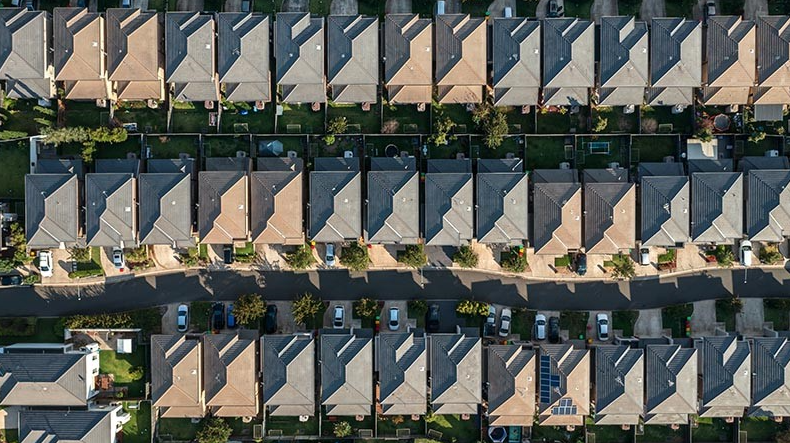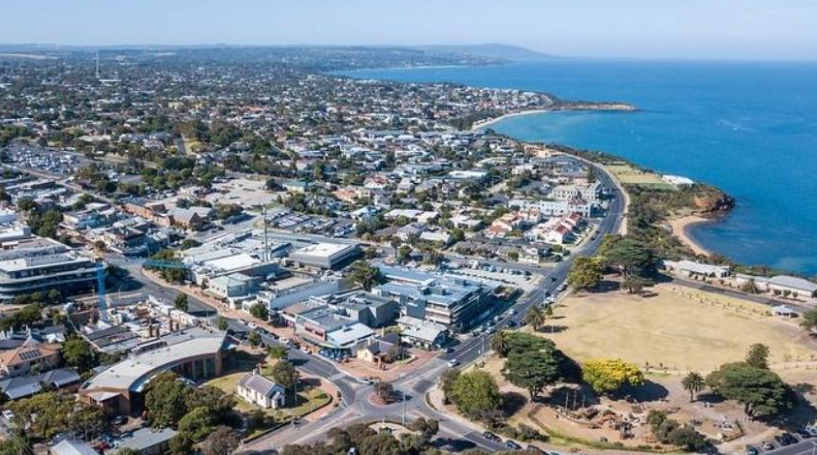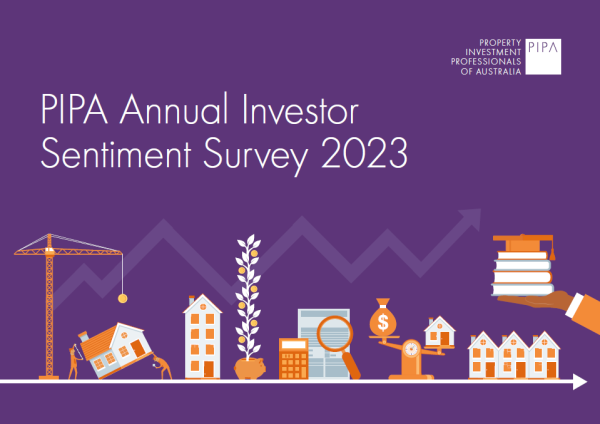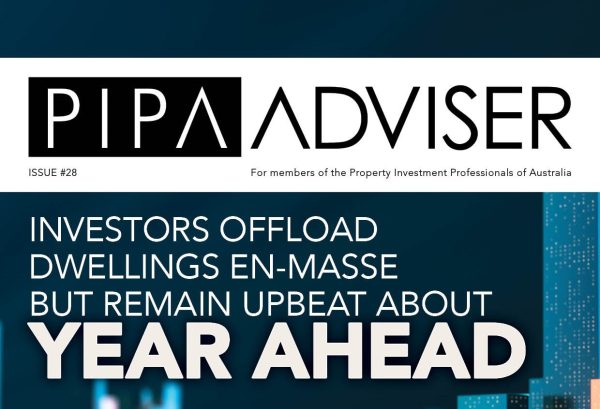Outer suburb Dodges Ferry saw double-digit growth after GFC
Sep 2020Karen Millers
Categories
Location ReportsMedia releasesNational market updatesPersonal advisersPIPA AdviserPIPA Annual Investor Sentiment SurveysPIPA Member ProfilesPIPA video updatesPIPA webinarsPodcastsProperty advisersProperty newsLatest Articles
Rent rises ease but crisis’ link to population density found to be tenuous
Jordan van den Berg: The ‘Robin Hood’ TikToker taking on Australian landlords
Victorian property investors face yet another new property tax as council tests levy
Rentvesting in Australia: A deep dive
‘More chance of winning lotto’ than housing targets being met
NEW research has revealed the Hobart suburbs that fared best following a major market downturn — and it might not be the areas people immediately think of.
In the face of economic turmoil — the global financial crisis — joint research by PIPA and CoreLogic found it was not Hobart’s blue ribbon suburbs like Battery Point, Sandy Bay or Bellerive that best shrugged off the GFC.
Instead, the data’s top five was headlined by Dodges Ferry with almost 15 per cent growth between December 2008 and 2011.
Tassie’s capital city top five and the regional top five suburbs all posted double-digit growth in the three-year period.
In Greater Hobart, it was Rokeby, North Hobart, Oakdowns and Mount Stuart that grew by between 11.2 per cent and 14.2 per cent.
Northern Tassie suburb Grindelwald posted a median price change of 27.5 per cent with Waverley, Deloraine, Launceston and East Launceston recording growth of 13.4 per cent up to 16.1 per cent.
Property Investment Professionals of Australia chairman Peter Koulizos says the research highlights the resilience of property prices during turbulent times.
However, he says the best-performing locations may be very different post-COVID compared to post-GFC.
“The way people work will likely change significantly post-pandemic and this will have an impact on less traditional property investment locations,” he said.
“Lifestyles will undoubtedly change, which will make living outside the inner-city more appealing
“If you don’t have to go to the CBD for work because you can work from home, then you don’t have to live near it.”
PRD Hobart director Tony Collidge said the affordability of real estate in Tasmania at this time made it attractive to locals and interstate buyers looking for a change.
“History suggests prices in a slowing or falling market decrease in larger proportions as you move further from the central hubs,” he said.
“In 2012-14 prices in inner Hobart fell by 10-15 per cent, Glenorchy up to 20-25 per cent and in New Norfolk and Brighton by 25-30 per cent.
“In those times, finding a purchaser was like finding a Tassie tiger — few and far between.”
Tony said the Tasmanian real estate market wasn’t as significantly impacted by the GFC as the larger capitals.
“At that time Dodges Ferry and Rokeby were very affordable areas, Oakdowns was a new suburb that was just starting to become popular and North Hobart and Mount Stuart were growing in popularity.
“They were possibly the two cheapest inner-city suburbs at that time,” he said.
All the regional areas highlighted in the data are located in the north of the state, within commuter distance of Launceston.
Tony said post-GFC, the economic outlook for the north was positive and an upswing brought greater confidence and prospects to the region.
He said at present the Tasmanian market was robust and he remained confident new areas would come to the fore as we emerged from the pandemic.
Tony said he could see many areas “taking off” including Mornington, Warrane, Cambridge, Lauderdale, Sorell, Lutana, Derwent Park, Granton, New Norfolk, Brighton, inner Hobart and Snug.
Jarrad Bevan, realestate.com.au, 25 September 2020
https://www.realestate.com.au/news/outer-suburb-dodges-ferry-saw-doubledigit-growth-after-gfc/




